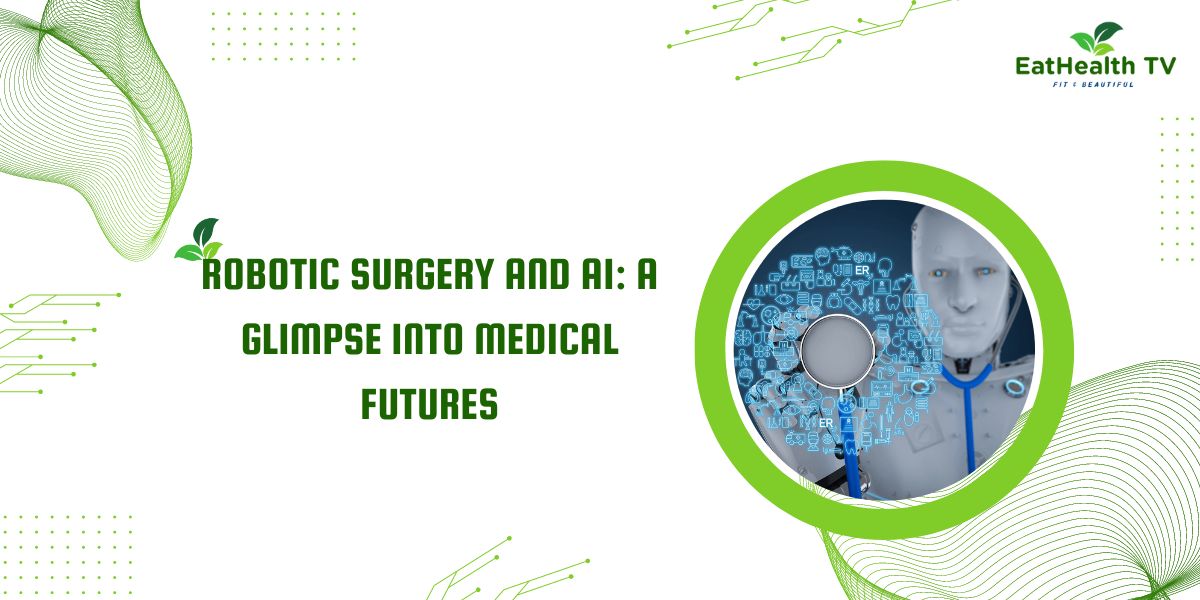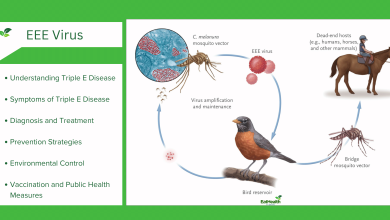Robotic Surgery and AI: A Glimpse into Medical Futures
Pioneering the Future: Robotic Surgery and AI in Healthcare

Robotic Surgery and AI: A Glimpse into Medical Futures
The field of medicine has always been at the forefront of technological innovation, constantly pushing the boundaries of what is possible to improve patient outcomes and enhance quality of care. In recent years, robotic surgery and artificial intelligence (AI) have emerged as transformative technologies in the healthcare industry, revolutionizing the way surgeries are performed and diagnoses are made. In this comprehensive guide, we will delve into the fascinating world of robotic surgery and AI in medicine, exploring their applications, benefits, and implications for the future of healthcare. Whether you’re a medical professional, a student, or simply curious about the latest advancements in healthcare technology, this article will provide valuable insights into the exciting intersection of robotics and AI in medicine.
Understanding Robotic Surgery and AI
- Robotic Surgery: Robotic surgery, also known as robot-assisted surgery, involves the use of robotic systems to assist surgeons in performing minimally invasive surgical procedures. These systems consist of robotic arms equipped with surgical instruments, controlled by the surgeon through a console. Robotic surgery offers several advantages over traditional surgery, including improved precision, dexterity, and visualization, as well as shorter recovery times and reduced risk of complications.
- Artificial Intelligence in Medicine: Artificial intelligence refers to the simulation of human intelligence in machines, enabling them to perform tasks that typically require human intelligence, such as learning, problem-solving, and decision-making. In medicine, AI is being used in a variety of applications, including medical imaging, diagnostic decision support, personalized treatment planning, and predictive analytics. AI algorithms can analyze vast amounts of medical data to identify patterns, predict outcomes, and assist healthcare providers in making more accurate and timely decisions. Just as we know Rehabilitation Physiology: Techniques For Post-Surgery Recovery And Physical Therapy
Applications of Robotic Surgery and AI in Medicine
- Surgical Robotics: Robotic surgery systems, such as the da Vinci Surgical System, have been used in a wide range of surgical specialties, including urology, gynecology, general surgery, and cardiac surgery. These systems enable surgeons to perform complex procedures with greater precision and control, resulting in shorter hospital stays, faster recovery times, and improved patient outcomes.
- Medical Imaging: AI algorithms are being used to analyze medical images, such as X-rays, CT scans, and MRI scans, to assist radiologists and other healthcare providers in detecting abnormalities, diagnosing diseases, and planning treatments. AI-powered image analysis can help identify subtle changes and patterns that may not be visible to the human eye, leading to earlier detection and more accurate diagnoses.
- Clinical Decision Support: AI systems can provide clinical decision support by analyzing patient data, medical records, and scientific literature to assist healthcare providers in making evidence-based decisions. These systems can help identify the most effective treatments for individual patients based on their unique characteristics and medical history, leading to more personalized and targeted therapies.
Benefits and Challenges
- Benefits of Robotic Surgery and AI: Robotic surgery and AI offer numerous benefits for patients, healthcare providers, and healthcare systems, including improved surgical outcomes, reduced hospital stays, enhanced diagnostic accuracy, increased efficiency, and cost savings. These technologies have the potential to revolutionize healthcare delivery and improve access to high-quality care for patients around the world.
- Challenges and Considerations: Despite their potential benefits, robotic surgery and AI also pose several challenges and considerations, including high initial costs, technical complexity, regulatory and ethical concerns, data privacy and security risks, and potential job displacement. It’s essential for healthcare organizations to carefully evaluate the risks and benefits of adopting these technologies and ensure proper training and oversight to mitigate potential risks and maximize their benefits.
The Future of Medicine: Opportunities and Innovations
- Personalized Medicine: Robotic surgery and AI have the potential to revolutionize personalized medicine by enabling more precise and targeted treatments tailored to individual patients’ unique characteristics and medical histories. By analyzing large datasets of patient information, AI algorithms can identify biomarkers, genetic factors, and other factors that influence disease risk and treatment response, leading to more effective and personalized therapies.
- Telemedicine and Remote Surgery: Advances in robotic surgery and AI technology are paving the way for telemedicine and remote surgery, allowing surgeons to perform procedures from a distance and reach patients in remote or underserved areas. Telemedicine platforms equipped with AI-powered diagnostic tools can enable patients to receive timely medical advice and treatment recommendations without the need for in-person appointments, reducing barriers to access and improving patient outcomes.
- Continuous Learning and Improvement: One of the most exciting aspects of robotic surgery and AI in medicine is their ability to continuously learn and improve over time. As more data is collected and analyzed, AI algorithms can become increasingly sophisticated and accurate, leading to better diagnostic accuracy, treatment outcomes, and patient care. This iterative process of learning and improvement holds tremendous promise for the future of medicine, allowing healthcare providers to deliver more personalized, effective, and efficient care to patients worldwide.
Conclusion
In conclusion, robotic surgery and AI represent groundbreaking technologies that are transforming the practice of medicine and reshaping the future of healthcare. From improved surgical precision and diagnostic accuracy to personalized treatment planning and remote patient care, these technologies offer immense promise for improving patient outcomes, enhancing quality of care, and advancing medical research and innovation. However, realizing the full potential of robotic surgery and AI in medicine requires careful consideration of the opportunities and challenges they present, as well as ongoing investment in research, education, and regulatory oversight. By harnessing the power of technology and innovation, we can unlock new possibilities for improving human health and well-being and usher in a new era of medical excellence and discovery.




